Regulation has its problems. It can take a long time to put it on the statute books, it is difficult to change and changes might then be politicised, it can require niche expertise which the government may not have and it can stifle innovations which no one has thought of yet. Governments which acknowledge these issues are faced with trying to protect people from problematic effects while also protecting them from the proliferation of red-tape. Soft law is a way of navigating this trade-off. Defined by legal scholars as “instruments or arrangements that create substantive expectations that are not directly enforceable”, it has been used recently for emerging technologies but has a long history of being deployed in a variety of sectors from healthcare to entertainment.
Soft law is usually created through consultation with stakeholders, including companies, trade associations, government organisations and charities. They usually take the form of voluntary self regulatory frameworks and they are enforced by mutual understandings or a complex system of accountability.
A good example of soft law in the UK is the advertising industry. The Advertising Standards Authority is an independent regulator. They do not interpret or enforce legislation. Instead, they have a code which ensures that advertisers do not mislead the public or cause harm and offence. The ASA enforces its policies by publishing lists of “bad advertisers”, sometimes by asking that their CAP Copy Advice team be allowed to review all adverts before they are launched, by contacting media owners and telling them not to take advertisements from problematic advertisers, or in cases where they believe breaches to be illegal, the ASA can refer marketers to Ofcom or the Office for Fair Trading who may then take legal action.
The main upside of soft law is that it allows more space for innovation. In fast developing fields technological change can outpace the expertise of government. In this climate, “hard-law” approaches may stymy innovation by prohibiting important activity or burdening companies with excess paperwork, applications and inspections. For example, when California first wrote their autonomous vehicle regulations they required vehicles to have steering wheels and human drivers. At this point Google had already developed a fleet of self driving cars which would have been illegal to test on Californian roads. Fortunately, these rules were later rewritten so they were in keeping with developments in the sector but the lag created unnecessary uncertainty, caused some trials to move state, and ultimately delayed the testing of these cars. Soft law avoids these problems by creating the space for new technology to develop while giving regulators tools to prompt industry to adjust their behaviour.
This has been effective recently when social media companies signed up to a voluntary code of conduct to combat child abuse. There have been growing concerns from governments who wanted access to encrypted messages to track down child abusers and other criminals. Tech companies have not wanted to provide this access, arguing that a “key” for governments could be exploited by hackers and would undermine encryption technology. As a result 25 of the biggest social media companies have signed up to a voluntary code of conduct which they negotiated with the governments of the USA, UK, Canada, New Zealand and Australia. This code commits the companies to addressing child abuse without hindering the development of encryption technology.
It is not uncommon for industries to adopt a soft law self regulation approach when they see that public opinion and politicians are moving against them. In the early 90s the video game industry was under scrutiny by policy makers in the United States who were leading hearings on the subject of violence in video games and the corruption of society. In response to public outrage and the looming threat of “hard-law” bans on content, industry leaders created the Entertainment Software Ratings Board which gave content ratings to video games. The ESRB is primarily self-regulatory and retailers choose to enforce age checks. This means that video games are largely uncensored by law so that ratings are able to adapt with changes in social attitudes without these questions becoming highly politicised.
There are, however, drawbacks to the soft law option. Soft law, by not being formally codified, often leaves a climate of uncertainty. There are many new technologies which require investment long before they can come to market, and when it is unclear what regulation of that technology may look like that can be a risky proposition for investors.
It also means that regulations are weaker. In the above examples advertisers are still able to create adverts which some viewers may find offensive (even if in practice, they seldom do), companies are still able to make and sell video games which some groups believe cause violence, and when Facebook uses algorithms to detect child abusers they do not share the details of this process with authorities, so it is unclear whether they are more effective than traditional methods of catching people who share illegal material. As with most regulations, there are tradeoffs to be made, and people will have different preferences regarding certainty, enforceability and innovation. Soft law is no exception and cannot circumnavigate all these concerns, it is merely an extra tool which can be used instead of or alongside other forms of regulation.

